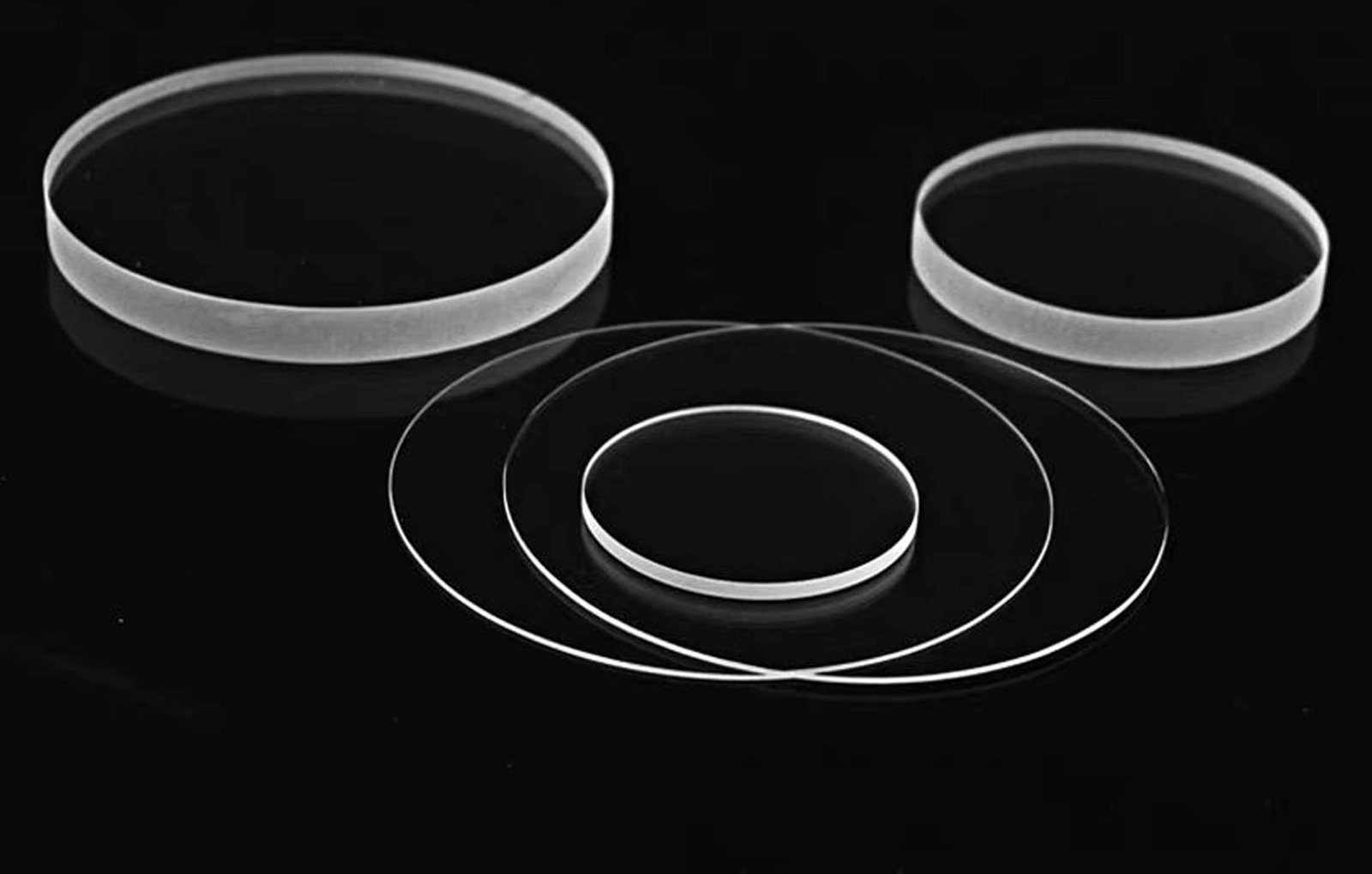What are the differences between calcium fluoride glass and ordinary glass?
- The composition of calcium fluoride glass is different from that of ordinary glass
The principal constituents of calcium fluoride glass are calcium fluoride crystals and cesium fluoride crystals. In comparison, ordinary glass is composed of a mixture of melted silica, sodium carbonate and limestone, along with other raw materials.
- The optical propertyof calcium fluoride glass is different from that of ordinary glass
The relatively high refractive index of calcium fluoride and cesium fluoride in calcium fluoride glass results in a glass with a significantly higher refractive index than that of ordinary glass. Concurrently, calcium fluoride glass exhibits enhanced transmittance, rendering it a prevalent choice in laser and other optical applications that necessitate high transparency and a high refractive index.
- The physical propertyof calcium fluoride glass is different from that of ordinary glass
The corrosion resistance of calcium fluoride glass is superior to that of ordinary glass due to the absence of iron ions, which renders it less susceptible to oxidation. Furthermore, the elevated hardness of calcium fluoride glass provides enhanced resistance to wear and scratching when compared to ordinary glass.
- The applicationof calcium fluoride glass is different from that of ordinary glass
Due to its high transparency and high refractive index, calcium fluoride glass is frequently used in optical applications that necessitate these properties, including lasers. Whereas, ordinary glass is utilized extensively in construction, decoration, automotive and other sectors due to its cost-effectiveness and suitability for meeting general transparency and protection requirements.

In summary, there are discernible distinctions between calcium fluoride glass and conventional glass in terms of their material composition, optical properties, physical properties, and applications.

